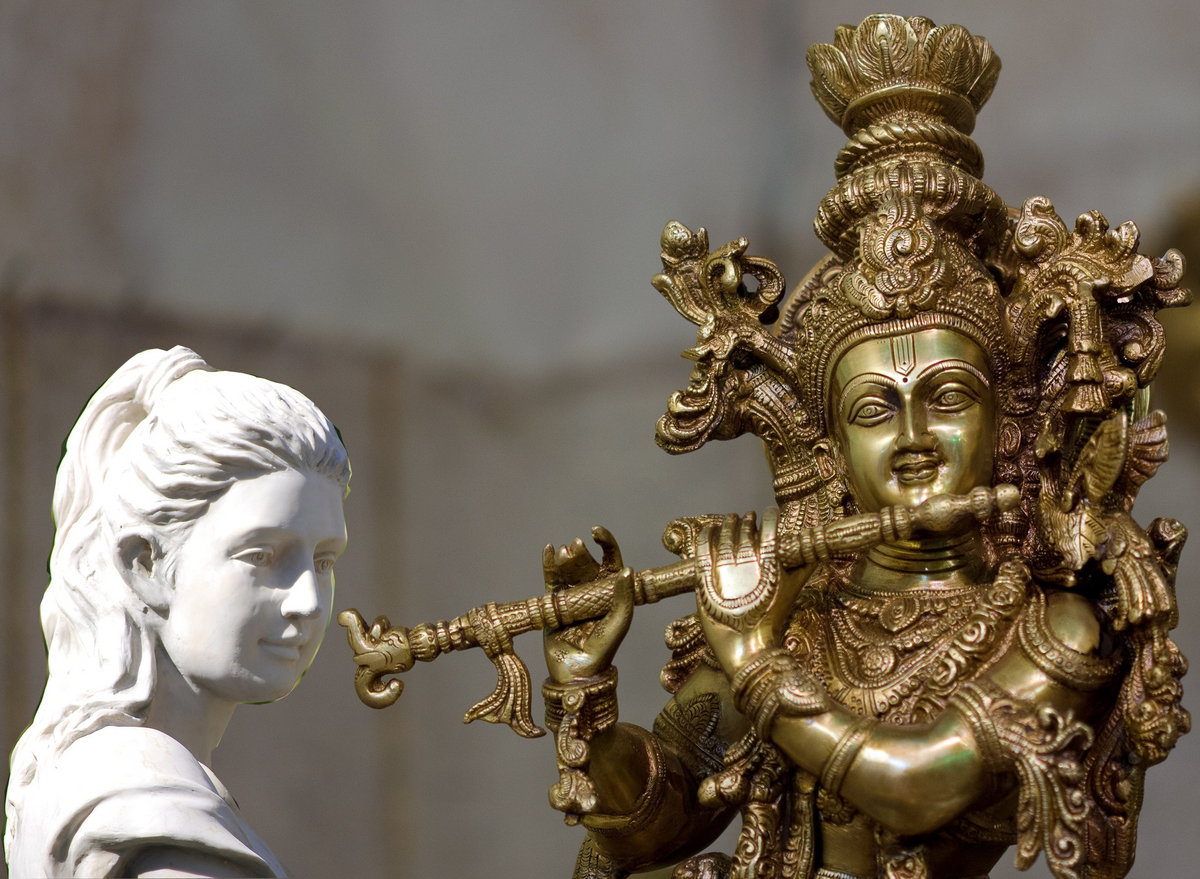Whatever object you create, you have to understand that it is deployed in a world that produces an extremely high number of objects of the same or similar category; for instance, “music.”
Moreover, the object creation is but the latest local orbit of a dynamical system that has started its action literally thousands of years ago. In other words, for the new object to have a sense — even temporarily, — it has to include elements of originality and appeal such that a significant amount of people express an interest for the new object rather than for any other past and present objects of the same category.
It is certainly a scary situation! And yet, it can be regarded from a different viewpoint, which would perhaps make it less scary or disheartening:
You have to consider that, even when there is only a very limited amount of people who “choose” the new objects you create, those people still express an interest precisely for what you do, despite the nearly infinite offer of alternatives old and new that are available to them.
So this is to express my deepest thanks to those who take the time to “taste” my music.
And among those, to all the people who decided to listen more,
And in particular to all those who — incredibly — asked to be informed when I create a new piece of music.
To you I want to say that I feel you as kin. And I'm happy that music gave me a means to identify you as my music kin. Thanks to you, I now write music but not for me alone. It is for me and my kin. You. People that share with me a certain mental model of what music is or can be. To you, my kin, I say “It's nice to meet you, friend. Thank you, and thank music.”
https://eidon.bandcamp.com/follow_me


